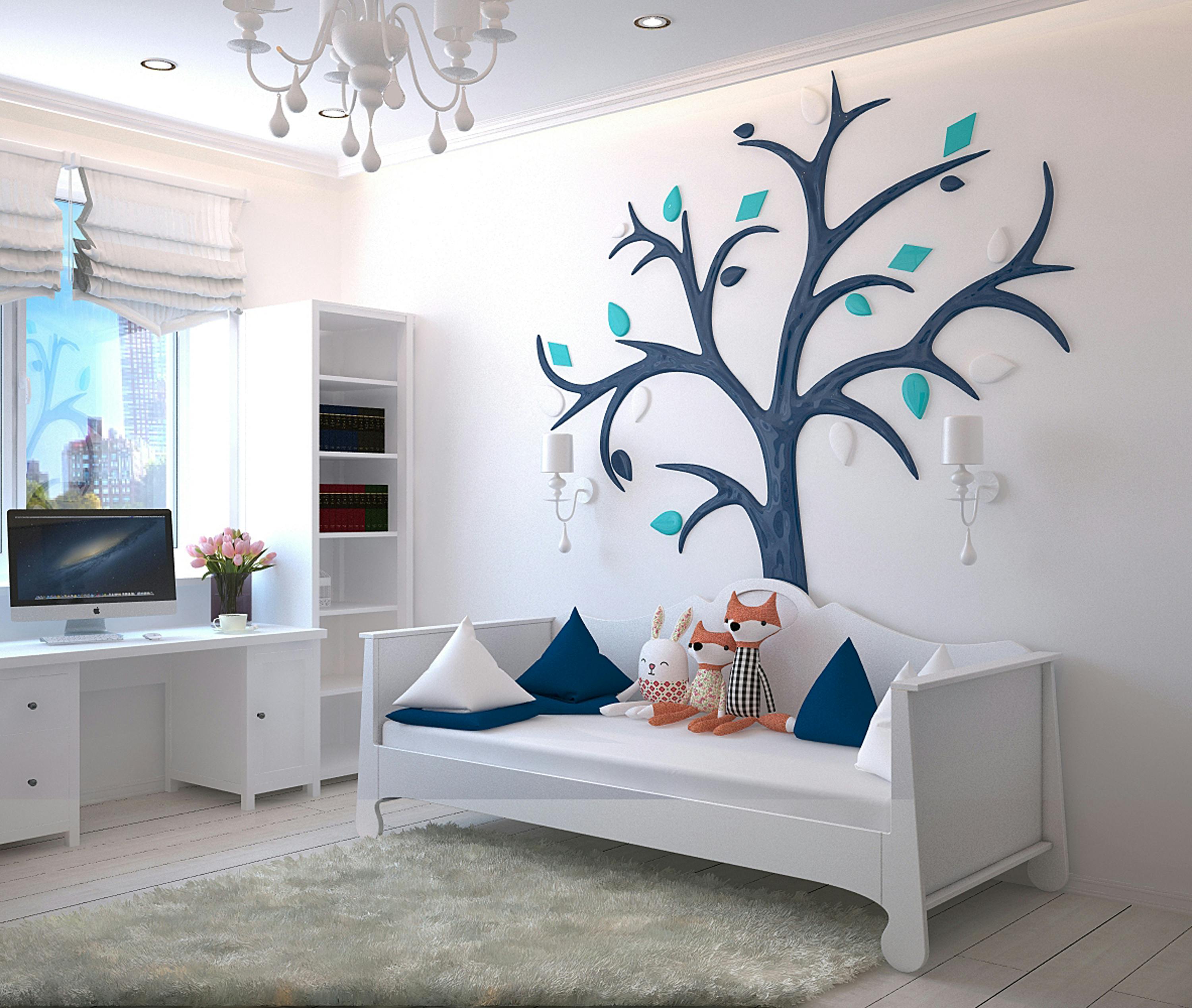OUR LATEST POSTS

Babyproofing Your Home: Safety Tips for Every Room
When your little one starts exploring their surroundings, ensuring your home is safe becomes a top priority. Babyproofing each room will give you peace of mind, knowing your baby can safely navigate their world. Below are essential babyproofing tips for every room in your home to create a secure environment for your child.
1. Living Room
Secure Furniture: Anchor heavy furniture such as bookshelves, TVs, and dressers to the wall to prevent them from tipping over if your baby tries to climb.
Cover Sharp Edges: Use corner protectors for furniture like coffee tables, TV stands, and side tables to prevent bumps and bruises from sharp edges.
Manage Cords: Secure loose cords from blinds or electronics to prevent choking or strangulation hazards. Use cord shorteners and clips to keep them out of reach.
Remove Breakables: Place fragile items such as vases, picture frames, or decorative items on higher shelves where your baby can't reach.
2. Kitchen
Install Cabinet Locks: Use childproof locks on cabinets and drawers, especially those containing sharp objects, cleaning supplies, and breakables.
Use Stove Guards: Install stove knob covers and a stove guard to prevent curious hands from turning on the burners or reaching hot surfaces.
Keep Choking Hazards Away: Store small kitchen tools, utensils, and other choking hazards in high cabinets or locked drawers.
Secure Trash Bins: Ensure trash cans have locking lids or place them inside cabinets to prevent your baby from getting into potentially harmful waste.
3. Bathroom
Install Toilet Locks: Babies are naturally curious, and an open toilet can pose a drowning hazard. A toilet lock prevents access.
Keep Medications and Cleaning Supplies Secure: Store all medications, cleaning products, and toiletries in high, locked cabinets.
Set Water Heater Temperature: Lower your water heater’s temperature to 120°F (49°C) to prevent scalding accidents during bath time.
Use Non-Slip Mats: Place non-slip mats inside the tub and on the bathroom floor to prevent slips and falls.
4. Bedroom
Anchor Heavy Furniture: Similar to the living room, anchor dressers, bookshelves, and other large furniture to the wall to prevent them from tipping over.
Avoid Crib Hazards: Ensure your baby’s crib is free from pillows, stuffed animals, and blankets that could pose suffocation risks. Use a firm mattress with a fitted sheet.
Secure Window Blinds: Install cordless window blinds or use cleats to keep blind cords out of your baby's reach, reducing the risk of strangulation.
Install Outlet Covers: Place outlet covers on all unused electrical outlets to prevent your baby from sticking their fingers or toys into them.
5. Nursery
Keep Changing Supplies Out of Reach: Store diaper creams, wipes, and other baby care products in a secured drawer or basket away from your baby's grasp.
Secure the Changing Table: Make sure the changing table is stable and has guardrails to prevent your baby from rolling off. Always keep one hand on your baby during diaper changes.
Install Baby Monitors: Use baby monitors to keep an eye on your little one while they sleep. Make sure the monitor cords are out of your baby's reach.
Babyproof the Play Area: Ensure any playpens or toys in the nursery are free of choking hazards. Avoid toys with small parts that could be swallowed.
6. Laundry Room
Lock Away Detergents: Store laundry detergent, especially detergent pods, in locked cabinets. Detergents are toxic and pose a serious risk if ingested.
Keep Appliances Closed: Ensure the doors to your washer and dryer are closed and latched to prevent curious little ones from climbing inside.
Secure Ironing Boards: If you have an ironing board or iron, store them safely in a closet or ensure they are out of reach to prevent burns or falls.
7. Hallways and Stairs
Install Safety Gates: Place safety gates at the top and bottom of stairs to prevent falls. Ensure the gate is securely fastened and cannot be easily opened by your baby.
Babyproof Doorways: Use door knob covers to prevent your baby from opening doors that lead to unsafe areas, such as staircases or storage closets.
Keep Hallways Clutter-Free: Clear away items like shoes, bags, or toys from hallways to prevent tripping hazards.
8. Outdoors and Backyard
Fence Off Dangerous Areas: If you have a pool or pond in your yard, install a childproof fence with a lock to keep your baby safe.
Lock Tool Sheds: Ensure that any tool sheds or outdoor storage containing gardening tools or chemicals are securely locked.
Inspect Play Equipment: Check that outdoor play equipment, like swings or slides, is safe and well-maintained. Ensure that the ground underneath is soft, either with grass or rubber padding, to cushion falls.
Supervise Outdoor Play: Always supervise your child while they’re playing outside to prevent accidents or injuries.
Babyproofing your home is an essential step in creating a safe environment for your little explorer. Each room presents its own set of potential hazards, but with careful planning and the right safety measures, you can significantly reduce risks. By regularly checking and updating your babyproofing efforts, you’ll ensure your home remains a secure place for your baby to grow, learn, and play.
One or more of the links above are affiliate links, meaning, at no additional cost to you, we will earn a slight commission if you click through and make a purchase. Each of these products is chosen by a trusted member of our team.
Copyright 2024 - Chic Mom Club


